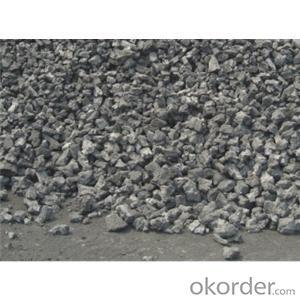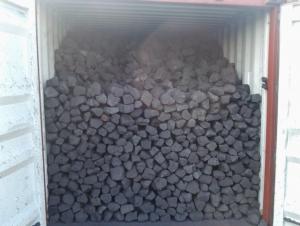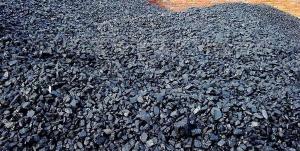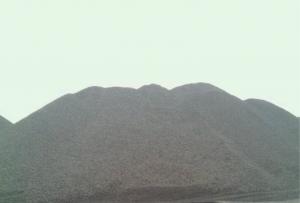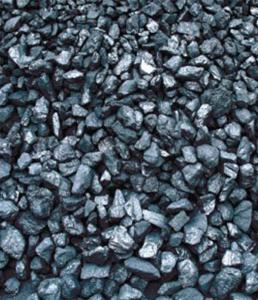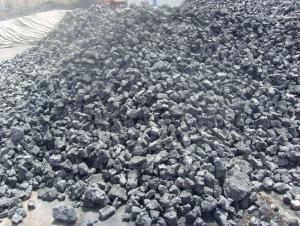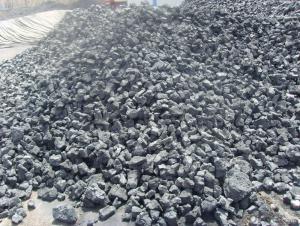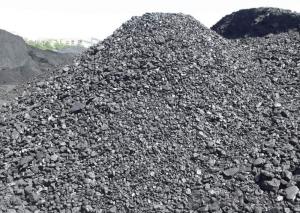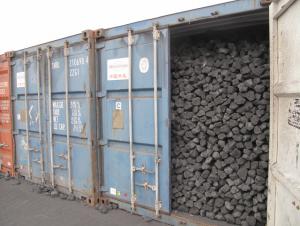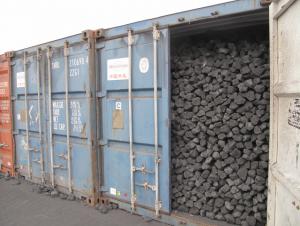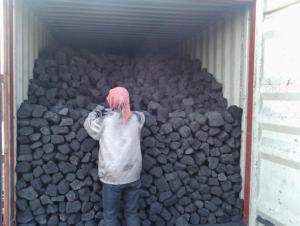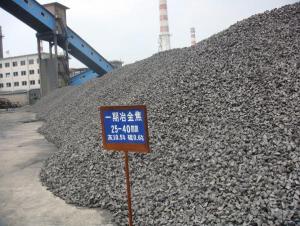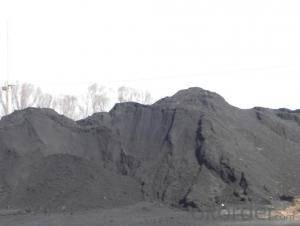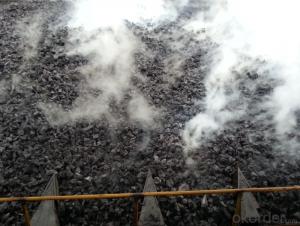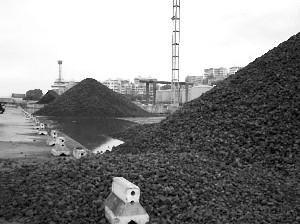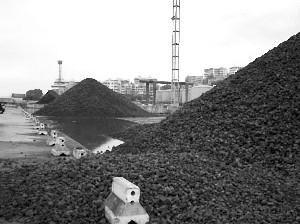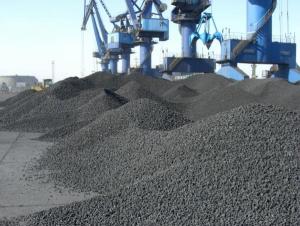Metallurgical Coke of Coke Strength after Reactivity 64
- Loading Port:
- Tianjin
- Payment Terms:
- TT OR LC
- Min Order Qty:
- 100 m.t.
- Supply Capability:
- 3000 m.t./month
OKorder Service Pledge
OKorder Financial Service
You Might Also Like
1. Structure of Metallurgical Coke of Coke Strength after Reactivity 64 Description:
Coke is a hard texture, with carbon as the main component of irregular porous body, with cracks and defects in silver. The true density is 1.8 ~ 1.95 g/cm3, bulk density is 400 ~ 500 kg/m3, the porosity of 35% ~ 35%,.Coke all vertical and horizontal crack can be seen with the naked eye observation. The vertical and horizontal crack along the thick break, still is focal piece containing micro cracks. Separate focal piece of micro cracks along, namely coke porous body, also known as coke. Focal body consists of porosity and the pore wall, hole wall is also called the coke quality, its main component is carbon and minerals. How much coke crack directly affect the size and crushing strength of coke. Focal piece of micro cracks and holes spore structure of coke and abrasive resistance and high temperature reaction performance of coke has a close relationship. Spore structure usually use stomata average pore size and pore size distribution, specific surface area and pore wall thickness parameter.
2. Main Features of the Metallurgical Coke of Coke Strength after Reactivity 64:
• Quality assurance
• Mutual benefit
• Preferential price
3. Metallurgical Coke of Coke Strength after Reactivity 64 Images:
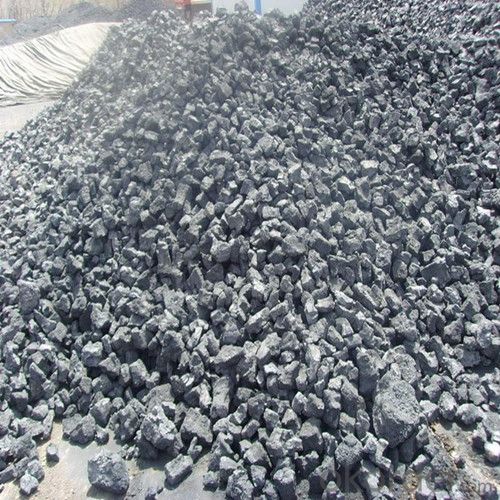

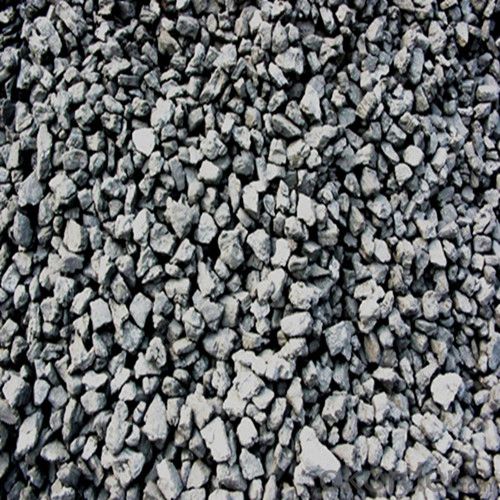

4. Metallurgical Coke of Coke Strength after Reactivity 64 Specification:
Parameters | Guarantee | Rejection |
Total Moisture (As received basis) | 5% max | |
Ash (dry basis) | 12.5% max | > 13.5% |
Volatile Matter (dry basis) | 1.5% max | > 1.8% |
Sulphur (dry basis) | 0.65% max | > 0.75% |
Phosphorus (dry basis) | 0.035% max | > 0.045% |
M10 | 7% max | > 9% |
M40 | 84% min | <82% |
CSR | 64% min | <62% |
CRI | 26% max | > 28% |
Size 30-90 mm | 90% min | |
+90 mm | 5% max | > 8% |
-30mm | 5% max | > 8% |
5. FAQ
We have organized several common questions for our clients,may help you sincerely:
1) How about your company?
Our company began to export coke when China cancelled 40% of coke export tariffs and quotas on January 1, 2013. We export many kinds of coke, such as CSR60 % and CSR 62% metallurgical coke (met coke), the NUT coke of 20 to 50 mm, coke breeze of 3 to 6 mm, and so on.
2) Application of coke
• Used for blast furnace ironmaking and used for copper, lead, zinc, titanium, antimony, mercury
• Other non-ferrous metal smelting of blast furnace,
• Reducing agent, compound
• The function of stock column frame.
3) The history of coke
Our country's metallurgical industry has a long history, is the original fuel charcoal smelting industry, due to the charcoal burning temperature is lower, and short duration of fire and not easy to master hour, therefore, directly affect the level of smelting, to make the steel quality is not guaranteed. Later, people use coal as smelting, coal combustion temperature is higher, and the combustion duration is longer than charcoal, but easily broken after coal is heated in the oven, affect the burden of permeability, and high content of sulfur in coal, directly affect the quality of the cast iron. After a period of practice, it has been found that the coal after dry distillation (i.e., separated flame heating), volatile components may be removed, and the porosity increased, resembling charcoal, fire is better than that of coal, but also can avoid charcoal and coal. This after carbonization of coal is coke.
- Q:Coking coal, coke, coal, steam coal what is the difference?
- Coke is used for blast furnace ironmaking and iron ore in the steel furnace to play the role of the heating skeleton to support reducing agent
- Q:How coal is turned into coke in the coking chamber
- The kiln chamber wall set to continue burning, and some heat incoming kiln (indirect heating). High temperature gas flow (800 DEG C, is mixed with coal pyrolysis, chemical products into the fabric of unburned.
- Q:Coke is how to produce, what is its purpose?
- Natural coke. Coke can be obtained by high-temperature carbonization of coal:
- Q:What is the essential difference between coal and coke?
- [coal]Coal is a kind of solid combustible mineral which is buried in the underground plants and has been formed by the complex biochemical and physicochemical changes. Coal is a kind of solid combustible organic rock, which is mainly formed by the chemical reaction of the remains of plants.
- Q:In the coke analysis index, M40% and M25% respectively mean what?
- M40% and M25% represent the breaking strength rate, 40%>25%, which means that the M40% coke is more resistant than M25%
- Q:How much coke can a ton of coal
- But before the words to use 1.5 tons of coking coal to produce a total of 1 tons of coke
- Q:How to determine the maturity of coke or not?
- The sulfur content of coke: refers to the percentage of sulfur content in coke. Sulfur is one of the harmful impurities in pig iron smelting. The sulfur content in the pig iron is more than 0.07%. 82.5% of the sulfur from blast furnace charge into the furnace comes from coke, so coke is the main source of sulfur. Sulfur content in coke directly affects the production of blast furnace. When the sulfur content in coke is greater than 1.6%, sulfur increased 0.1%, the amount of coke increased 1.8%, limestone amount increased by 3.7%, with the increasing of the amount of ore 0.3%, blast furnace production decreased 1.5 - 2%.
- Q:What is the concept, relationship and difference between coke and coke? The main difference and contact, thank you
- Metallurgical coke is coke, coke, iron alloy coke and non-ferrous metal smelting coke ". Since more than 90% of metallurgical coke is used for blast furnace ironmaking, it is often referred to as coke. Coke is a special and molten iron cupola coke. Coke is the main fuel cupola molten iron. Its role is to melt the burden and make the hot metal overheating, the support column to maintain good ventilation. Therefore, the foundry coke should have large blocks, low reactivity, porosity is small, with impact crushing strength, low ash and sulfur enough.
- Q:Why does Coke provide heat when it is fired, it reacts only at high temperatures and why it is needed to provide heat?Which is the exothermic reaction, carbon dioxide or carbon monoxide?
- Generate CO2;Of course, high temperature will produce CO, but not many;Please ask questions
- Q:What are the national standards for grade two coke?
- All of these are the main indicators, and the water is not the quality evaluation index. The other is the coke reactivity: no more than 35%; after the reaction intensity: not less than 50%
1. Manufacturer Overview |
|
|---|---|
| Location | |
| Year Established | |
| Annual Output Value | |
| Main Markets | |
| Company Certifications | |
2. Manufacturer Certificates |
|
|---|---|
| a) Certification Name | |
| Range | |
| Reference | |
| Validity Period | |
3. Manufacturer Capability |
|
|---|---|
| a)Trade Capacity | |
| Nearest Port | |
| Export Percentage | |
| No.of Employees in Trade Department | |
| Language Spoken: | |
| b)Factory Information | |
| Factory Size: | |
| No. of Production Lines | |
| Contract Manufacturing | |
| Product Price Range | |
Send your message to us
Metallurgical Coke of Coke Strength after Reactivity 64
- Loading Port:
- Tianjin
- Payment Terms:
- TT OR LC
- Min Order Qty:
- 100 m.t.
- Supply Capability:
- 3000 m.t./month
OKorder Service Pledge
OKorder Financial Service
Similar products
New products
Hot products
